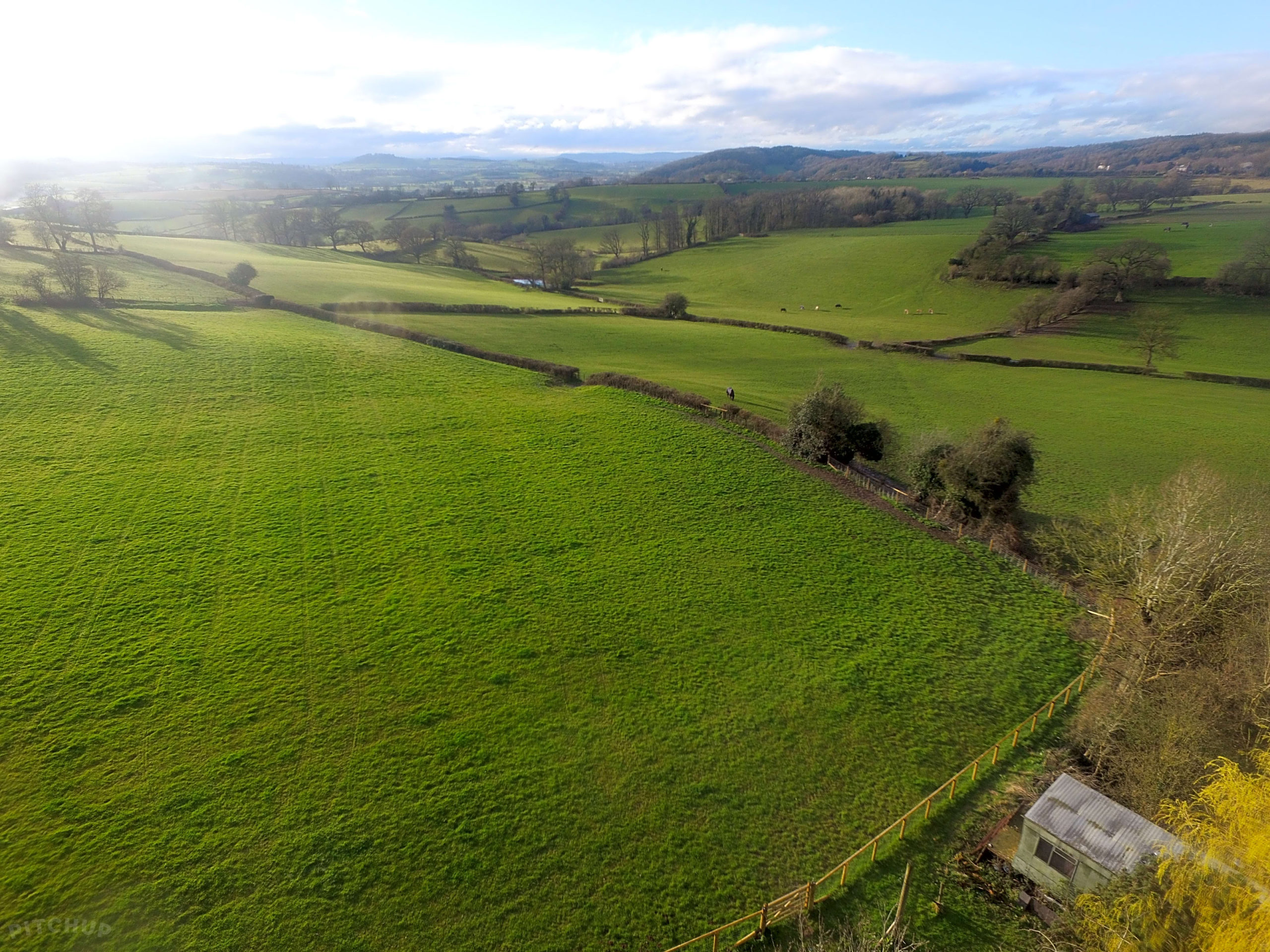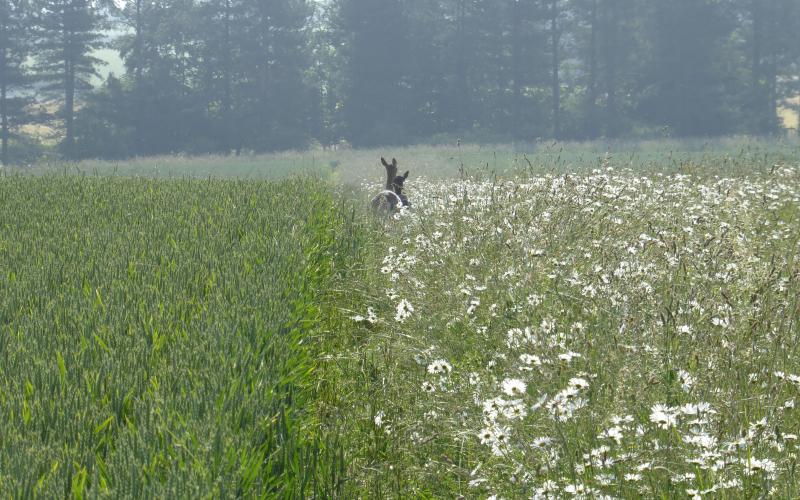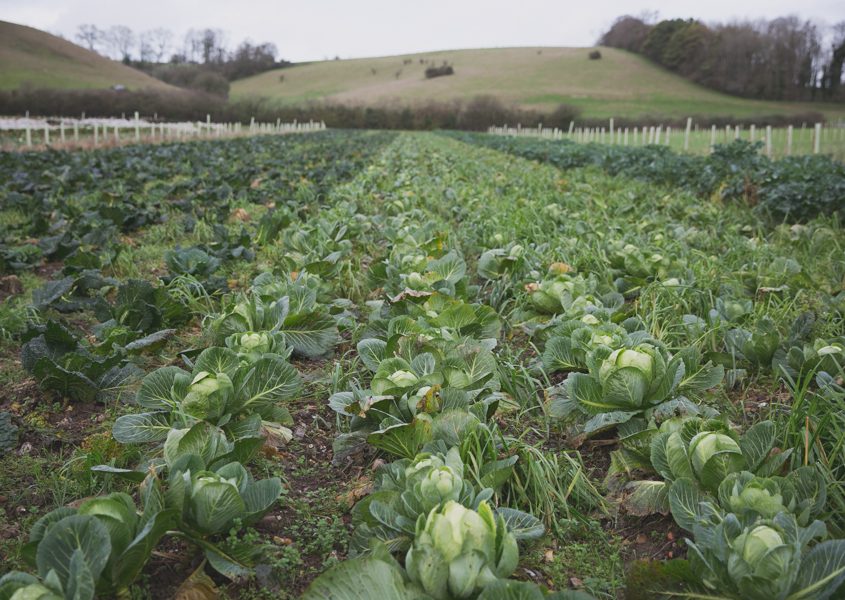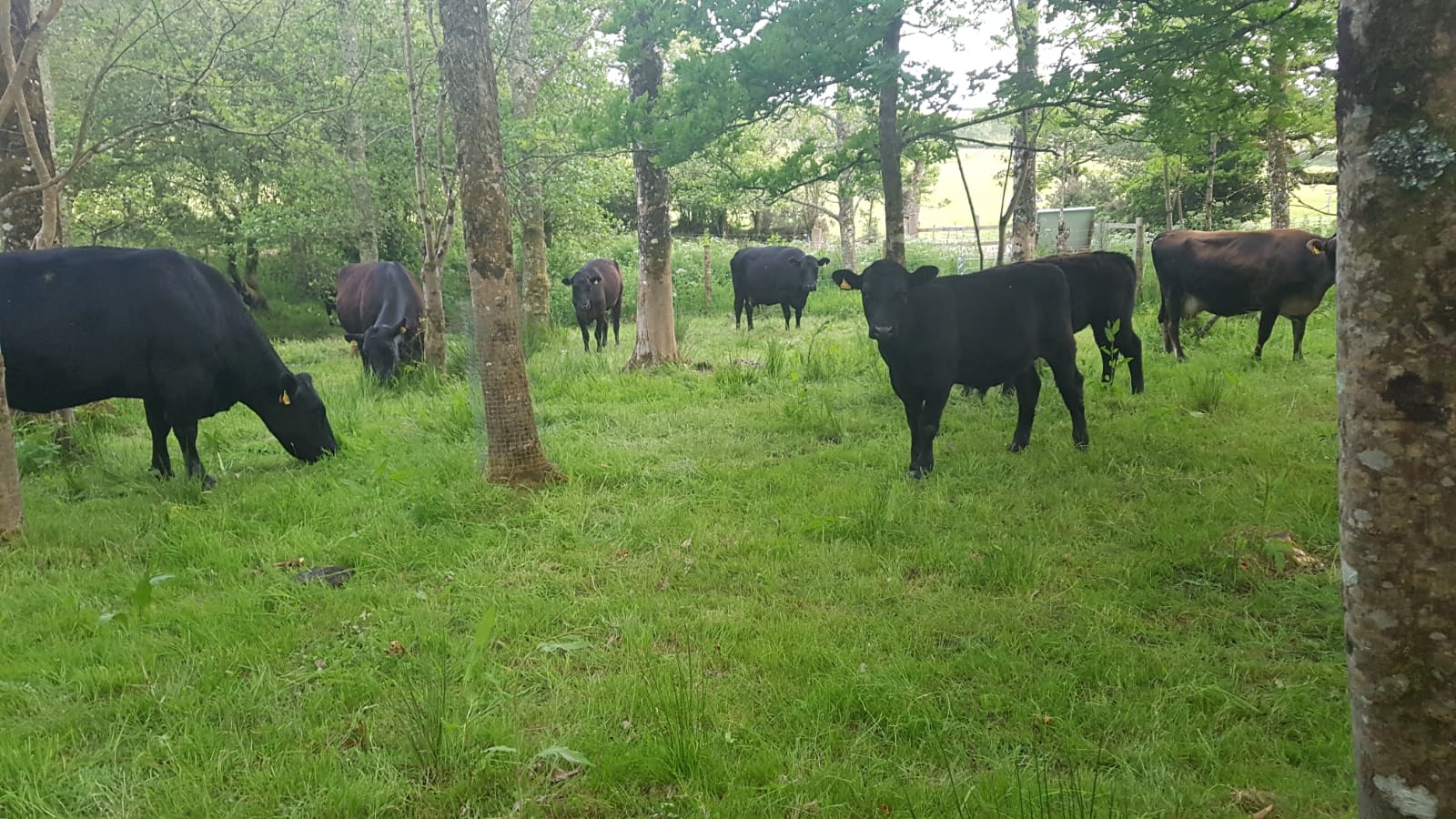
Date of Case Study: 2012
Farm Name: Caplor Farm
Location: Herefordshire
Enterprise: Mixed Arable (including Potatoes) and Cattle
Farm Size: 222 hectares
Sustainable Practices: Multi-award winning company focusing on many aspects of efficiency including reducing transport/distribution mileage, energy efficiency improvements for buildings and renewable energy generation.
Business Benefits: Exact knowledge of the business’ costs allowing for actions to be taken. Expensive fuel and fertiliser overheads reduced.
Sustainable Farming Approaches
Gareth Williams manages the family farm in Herefordshire, farming over 550 acres of potatoes and arable crops, as well as around 80 breed Hereford cattle.
In 2007 the ever rising cost of energy and an interest in sustainability led Gareth to adopt annual carbon footprint assessments and commission two studies into his farm’s energy use. The findings have directly influenced changes on the farm. These include prioritising transport efficiency, as part of which the farm has reduced the number of unnecessary journeys made each year, sent drivers on fuel efficiency training courses, and changed machinery manufacturers to ensure they use only the most fuel efficient vehicles. This has saved not only fuel, but time and money spent on maintenance, freeing up time for other tasks.
Another change is the introduction of cover crops, grown between rotations, retaining vital nutrients in the ground and building Soil Organic Matter. For example clover is often grown, which can fix nitrogen in soils as a natural fertiliser. The farm has used a variety of different sources of organic matter over the years totalling thousands of tons and is currently investigating an organic source of fertiliser in the form of a green manure or compost, and already uses chicken droppings instead of Ammonium Nitrate. Given the finite nature of most chemical fertilisers and the link between Nitrogen and fossil fuel prices, this is a sustainable, but also shrewd business decision.
Building and Renewables
The farm realised a considerable proportion of annual costs were being spent on storing potatoes. Instead of renting an inefficient building, they took the decision to invest in a new potato storage building, bringing storage back onto the farm. The specification was to an exact standard, with almost double the insulation the installer had originally suggested, additional wall insulation and modern construction materials and techniques; the key was ensuring sufficient insulation. The modern construction technique enabled the building to be completed in less than three weeks. The new store has saved 1000’s kWh of electricity in direct energy costs and reduced transport expenses.
Gareth has installed solar hot water panels and 80kw of solar PV on the farm, recently increasing the solar hot water installation, meaning the farm will receive some free electricity and an income from both the Feed in Tariff and Renewable Heat Incentive. In fact Gareth is so passionate about renewables that he set up his own renewable installation company, Caplor Energy, which now installs solar and other technologies around the country and is a multi award winning market leader.
Engaging People in Local Food Production
Caplor farm works in partnership with others to also include a small vegetable and free range egg business, started as a way of reducing food miles and encouraging the consumption of local food. Families and young people have been invited to help out in exchange for free food in an effort to encourage a connection with where their food comes from and local production. This is a project looking to the long term, with potential benefits beyond day to day operations, and underscores the farm’s ‘triple bottom line accounting’ principles.
Carbon Footprint
Caplor Farm’s main source of emissions in the past year were the agro-chemicals, principally fertilisers, used on arable crops, which represented 61.5% of total emissions. Fuels accounted for 22% of emissions, showing the importance of steps to reduce fuel use on any farm. This would undoubtedly be higher were it not for the focus on reducing this. There were smaller emissions from livestock (8.5%) and fertility, as well as a result of materials used on the farm. Hedges and field margins sequester significant amounts of carbon on the farm (around 8% of the total), and there could be scope to increase sequestration from soils.
Summary
The experience of Caplor Farm indicates the benefits of regular carbon footprinting exercises using a calculator tool or in depth study. Having a complete picture of the farm’s emissions and therefore costs in each area has informed business decisions saving considerable amounts. Rethinking existing techniques and practices has paid dividends and allowed the business to adapt. The results really help Caplor to deliver on it’s vision and values – ‘’Where rural based business can develop, diversify and positively contribute towards a sustainable community.’’ Through – improvement, inspiration and sustainability






Recent Comments